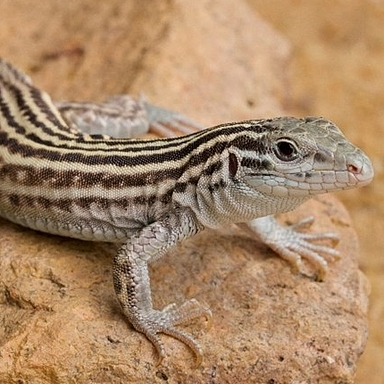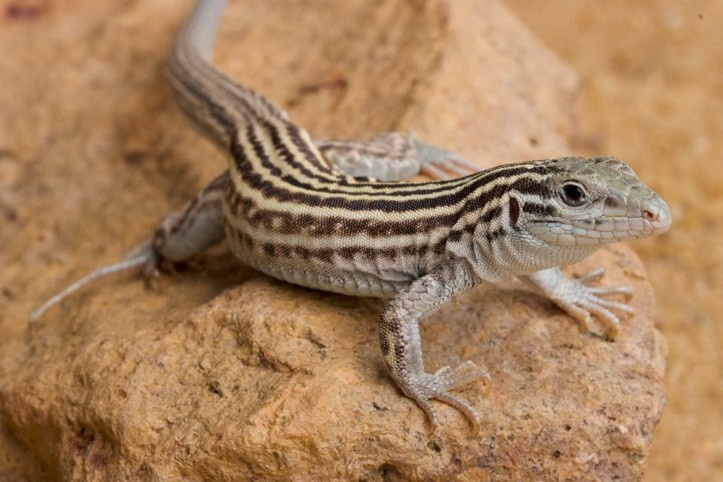Project 10.3

- Supervisor: Meret Huber
- Co-Supervisors: Peter Baumann
- Research Group
This research project will investigate both genetic and epigenetic mutation rates in the New Mexico whiptail lizard, Aspidoscelis neomexicanus, an asexually reproducing vertebrate. This project will provide estimates of the frequency of epimutations, and investigate their potential for transgenerational inheritance, and their effects on gene expression.
Mutations are fundamental to evolution, providing the raw material for genetic diversity and adaptation. Traditionally, research has focused on genetic mutations—changes in the DNA sequence that can be passed from one generation to the next. However, epimutations, which involve changes in DNA methylation and other epigenetic modifications without altering the DNA sequence, may also contribute to heritable variation. Unlike genetic mutations, epimutations can occur more frequently and may provide an additional mechanism for organisms to adapt to their environment. Understanding the relative roles of these two types of mutations is crucial for a more complete picture of evolutionary change.
This study focuses on the New Mexico whiptail lizard (Aspidoscelis neomexicanus), a unique asexual vertebrate that reproduces through parthenogenesis. Because these lizards do not undergo genetic recombination, they provide an ideal system for studying how mutations accumulate over generations without the confounding effects of sexual reproduction. The availability of a high-quality reference genome further enhances their suitability for this research.
Our study aims to quantify the rates and patterns of both genetic and epigenetic mutations in A. neomexicanus and explore their stability and potential evolutionary significance. Key questions include:
• How frequently do epimutations occur compared to genetic mutations?
• Are epimutations stably inherited across generations, or do they frequently revert?
• Do epimutations influence gene expression, potentially contributing to evolutionary change?
To address these questions, we will conduct a mutation accumulation experiment, analyzing multiple generations of A. neomexicanus that have been bred under controlled conditions. We will use whole genome sequencing to detect genetic mutations, whole genome bisulfite sequencing to identify epimutations, and RNA sequencing to examine whether epimutations influence gene expression. By integrating these approaches, we can determine whether epimutations represent a stable and heritable source of variation, or whether they are transient and unlikely to contribute to long-term evolution.
The findings from this study will have broad implications for evolutionary biology. If epimutations are stably inherited, they could provide an alternative mechanism for heritable variation, particularly in asexual species where genetic diversity is limited. Conversely, if epimutations are unstable and frequently reset, their role in evolution may be minimal. This research will provide valuable insights into how genetic and epigenetic changes shape the evolution of vertebrates and may have broader applications for understanding inheritance mechanisms in other species.
